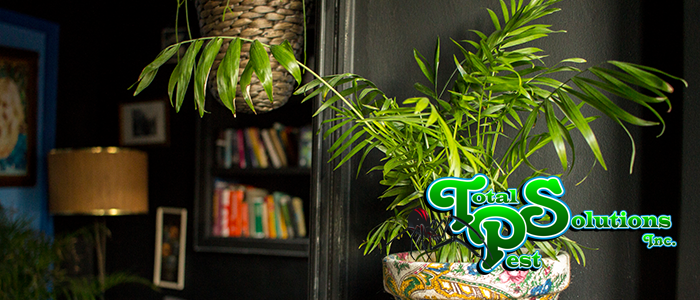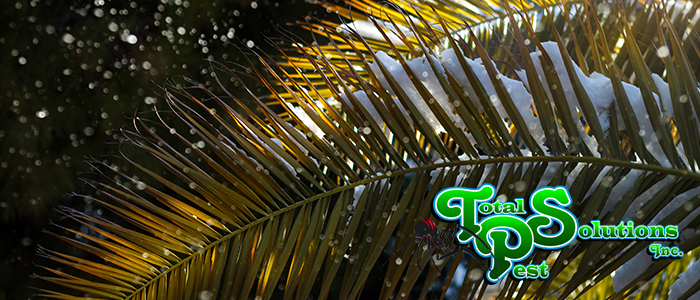
Protecting Houseplants from Pests
During the rainy months in Florida, both people and pests head inside. These dark days make our sunny state darker, making plants grow a little slower. They become a bit weaker and more susceptible to pest invasion, too. Many houseplants have natural defenses against pests, but that doesn’t always seem to stop them. How can we protect our indoor plants from pests?
This article will discuss why pests might come to your houseplants and how you can keep them safe.
Why Do Pests Attack House Plants?
Two major reasons: Food and reproduction. Pests fulfill basic survival needs, and your houseplants are a great opportunity. They won’t run into many predators inside your home, after all. When the weather gets bad, any animal will seek shelter. Pests are no different. Sometimes, however, we can accidentally introduce pests into our homes.
Sometimes inexpensive soil comes with unwanted “bonuses.” For example, insects like to lay their eggs in soil, which goes for commercial potting soil. Eggs can lay dormant for a long time until they are revived by coming into contact with water. Without realizing it, the first time you water your new plant, you may be bringing thrips or fungus gnats into your home.
New plants also carry pests with them quite frequently. So be sure to inspect any plant you’re buying before bringing it into your home; keep it separate from other plants for a week or two.
How to Protect Your Plants and Prevent Pests
By preventing pests in the first place, you protect your plants… But one of the best things you can do is keep them healthy. Unhealthy plants, attacked by mold or bacteria, attract pest insects. They are incapable of warding off attacks on their own. So how do you keep your plants sufficiently pest-proof? These are five of the best ways we know of.
1) Check Your Plants Often
Especially in the rainy months of winter, you’ll want to be checking your soil and leaves for any sign of insects. Even plants that don’t need frequent watering need examination. Look in the joints of stems and the underside of leaves. Then, use a clean white cloth, stroke along, and see if anything sticks.
2) Avoid Overwatering
Fungus gnats, in particular, thrive in wet soil with poor drainage. So if your soil takes forever to dry out, you may be attracting fungus gnats. The larvae of these gnats feed on microscopic molds, which are bound to grow in the wet soil.
3) Wash Plants and Pots
When repotting a plant, be sure to wash out the new pot before adding a new plant. You may even want to bleach and rinse the new pot before adding new soil. Also, wipe your leaves regularly, and remove any fallen leaves or old stems. Pests need these places to hide and eat.
4) Keep Good Air Flow
Even if your windows are closed to keep the humidity out, you need moving air. Consider adding a fan to rooms with plants, as pests do better in stagnant air where mold and mildews can settle. Moving air also interferes with the flight patterns of smaller pests.
5) Feed Your Plants
Your plants need to be healthy to fight off pests. They have great defenses, but only when they’re at their healthiest. Make sure your plants all have enough light and fertilize them in the growing months. You also want to make sure your plants have room to grow. Plants with root compaction can’t get enough nutrients or water and will suffer from disease and pest attacks.
It would be best to keep your home in good condition to avoid pests on your plants. Vacuum regularly with a HEPA filter vacuum, reduce the humidity and seal entrances to the outside. Home treatment can also help. You can visit our website to learn about how to make your home unsafe for pests… Or call us and help set up a pest control routine in your home. With these tips, you should be able to enjoy healthy, pest-free plants for years to come.
continue reading
Related Posts
Winter Palm Care in Lakeland: Cold Snap Protection Strategies Lakeland,
Holiday Pest-Free Homes in Winter Haven: Avoiding Cargo Pests As
Auburndale’s Mole Cricket Damage: Repairing Turf Before Frost As the






